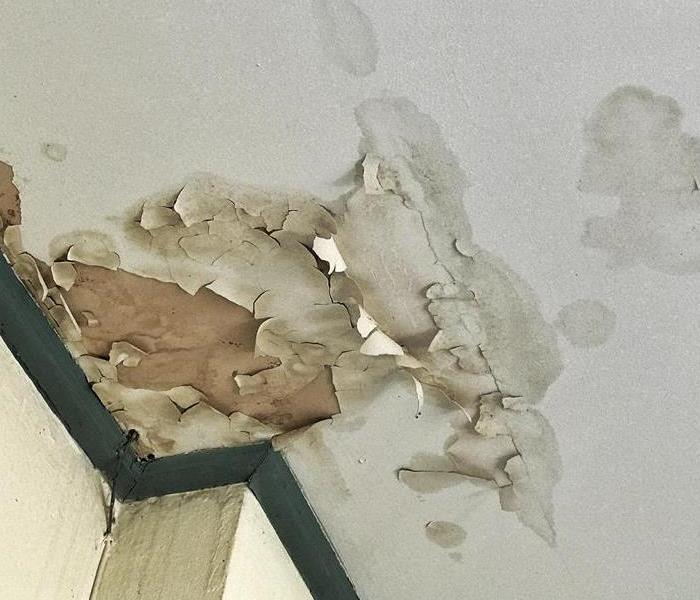Water Damage Tips: Essential Steps to Minimize the Impact of Water Intrusion
8/10/2023 (Permalink)
Water damage can strike unexpectedly and wreak havoc on your property, leading to costly repairs and damages. Whether caused by a burst pipe, flooding, or a leaky roof, taking immediate action is crucial to minimize the impact of water intrusion. In this blog, we will provide you with essential tips to help you handle water damage effectively and mitigate further harm to your home or business. By following these steps, you can navigate through this challenging situation with confidence and protect your property.
Prioritize Safety
Before entering a water-damaged area, ensure that it is safe to do so. Turn off the electricity to affected areas, especially if water levels are high or if electrical outlets or appliances are submerged. If necessary, seek professional assistance to safely assess and mitigate potential hazards.
Stop the Water Source
If the water damage is caused by a plumbing issue, such as a burst pipe or overflowing appliance, locate and shut off the main water supply to stop the flow of water. This immediate action will help prevent further damage and flooding.
Document the Damage
Take photos or videos of the water damage and affected areas as evidence for insurance claims. This documentation will assist in the assessment and compensation process. Make a detailed list of damaged items and their approximate value.
Remove Excess Water
Using mops, towels, or a wet/dry vacuum, remove as much standing water as possible. Promptly drying the affected area will help prevent the growth of mold and further structural damage. Open windows and use fans or dehumidifiers to enhance air circulation and aid in the drying process.
Salvage Valuables
If items are salvageable and not excessively damaged, remove them from the affected area and place them in a dry and well-ventilated space. Take immediate action to dry out important documents, electronics, and sentimental items.
Assess and Mitigate Mold Growth
Mold can start growing within 24-48 hours after water intrusion. Inspect the affected area for signs of mold growth and address it promptly. Remove any wet materials, such as carpets, furniture, or drywall, that cannot be adequately dried or cleaned. Consult with professionals if extensive mold remediation is required.
Contact Your Insurance Provider
Notify your insurance provider about the water damage as soon as possible. Familiarize yourself with your insurance policy coverage and follow their instructions regarding documentation, assessments, and repairs. Keep all receipts related to mitigation and restoration efforts.
Prevent Future Water Damage
Take preventative measures to reduce the risk of future water damage. Regularly inspect and maintain your plumbing system, roof, and gutters. Install water leak detection devices and consider adding flood-resistant barriers or sump pumps in flood-prone areas.
Consult with Restoration Specialists
If the water damage is extensive or if you are unsure of the best course of action, consult with water damage restoration specialists. They can provide expert guidance, comprehensive assessments, and professional services to restore your property to its pre-damaged condition.
Water damage can be a challenging and stressful experience, but by following these essential tips, you can minimize the impact and protect your property. Acting swiftly and effectively in response to water damage can make a significant difference in mitigating further harm and restoring your property to its previous state.





 24/7 Emergency Service
24/7 Emergency Service
